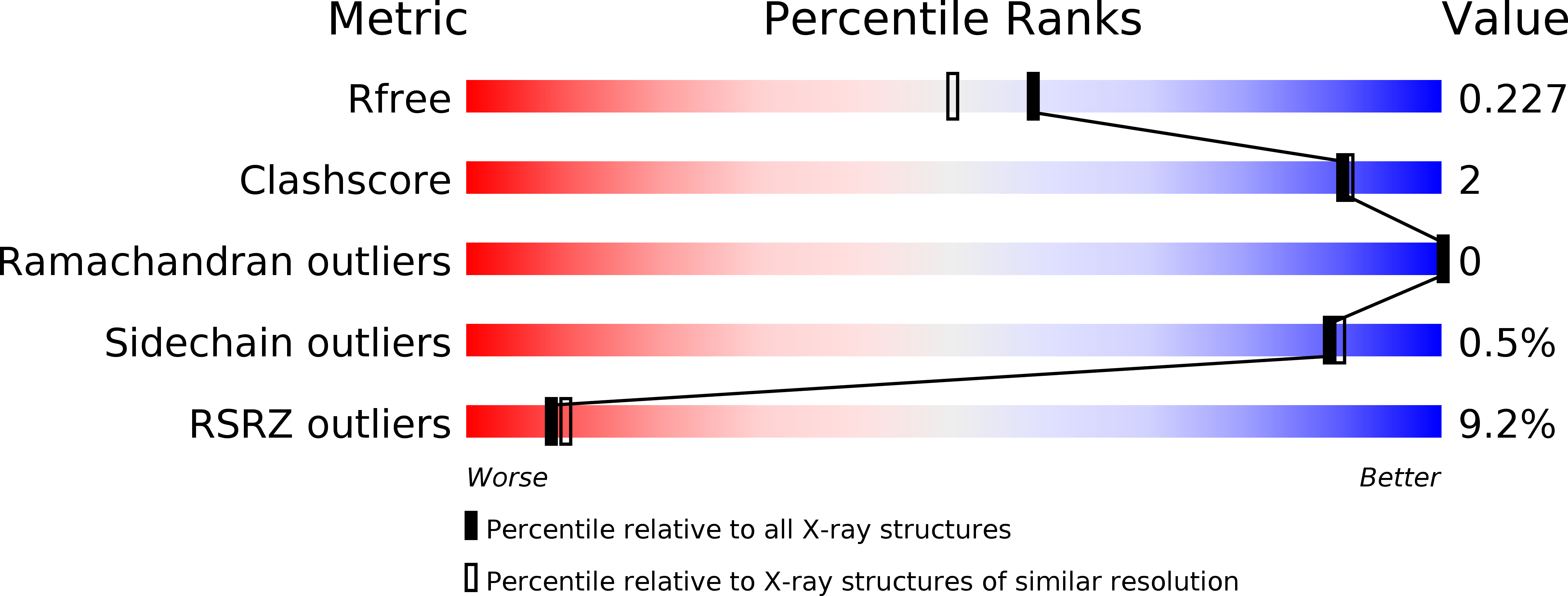
Deposition Date
2014-10-28
Release Date
2015-12-30
Last Version Date
2023-09-20
Entry Detail
PDB ID:
4ROC
Keywords:
Title:
Human TFIIB-related factor 2 (Brf2) and TBP bound to U6#2 promoter
Biological Source:
Source Organism:
Homo sapiens (Taxon ID: 9606)
synthetic construct (Taxon ID: 32630)
synthetic construct (Taxon ID: 32630)
Host Organism:
Method Details:
Experimental Method:
Resolution:
1.90 Å
R-Value Free:
0.21
R-Value Work:
0.18
R-Value Observed:
0.18
Space Group:
P 21 21 21


